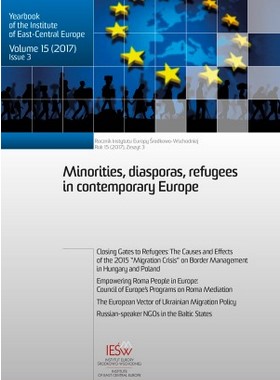Плинність партійних систем у посткомуністичних країнах (1992−2019)
Fluid Party Systems in Post-Communist Countries, 1992−2019
Author(s): Vitalij LebediukSubject(s): Political history, Government/Political systems, Comparative politics, Transformation Period (1990 - 2010), Present Times (2010 - today), Post-Communist Transformation
Published by: Instytut Europy Środkowej
Keywords: party system classification; changes of party system; effective number of parties; party system fragmentation; post-communist countries;
Summary/Abstract: The paper offers a thorough analysis of the main types of party systems and their changes in the post-Soviet countries between 1992 and 2019. The evolution of the main criteria concerning the party systems classification has been analyzed. We use a database of all parliamentary elections which took place in the post-communist countries since 1992. This article concludes that the majority of party systems of the post-Soviet countries are not stable and suffering permanent changes. On this basis, 16 party systems that continue to exist in the post-communist countries from 1992 to 2019 are almost half-assigned to the predominant party types. Our findings indicate that Kyrgyzstan and Moldova have moved from a predominant party type to a multiparty type. Russia, Armenia, and Ukraine have changed their party systems from a multiparty type to a predominant party type. Azerbaijan, Kazakhstan, and Tajikistan remain in the predominant party system since the first elections. Slovakia, the Czech Republic and the Baltic countries have remained in the multiparty types since the first elections.
Journal: Rocznik Instytutu Europy Środkowo-Wschodniej
- Issue Year: 17/2019
- Issue No: 1
- Page Range: 79-95
- Page Count: 17
- Language: Ukrainian

